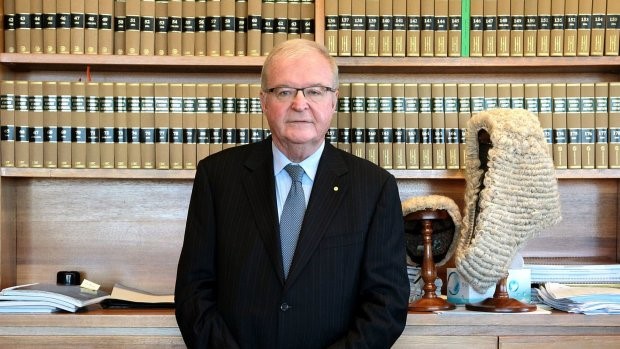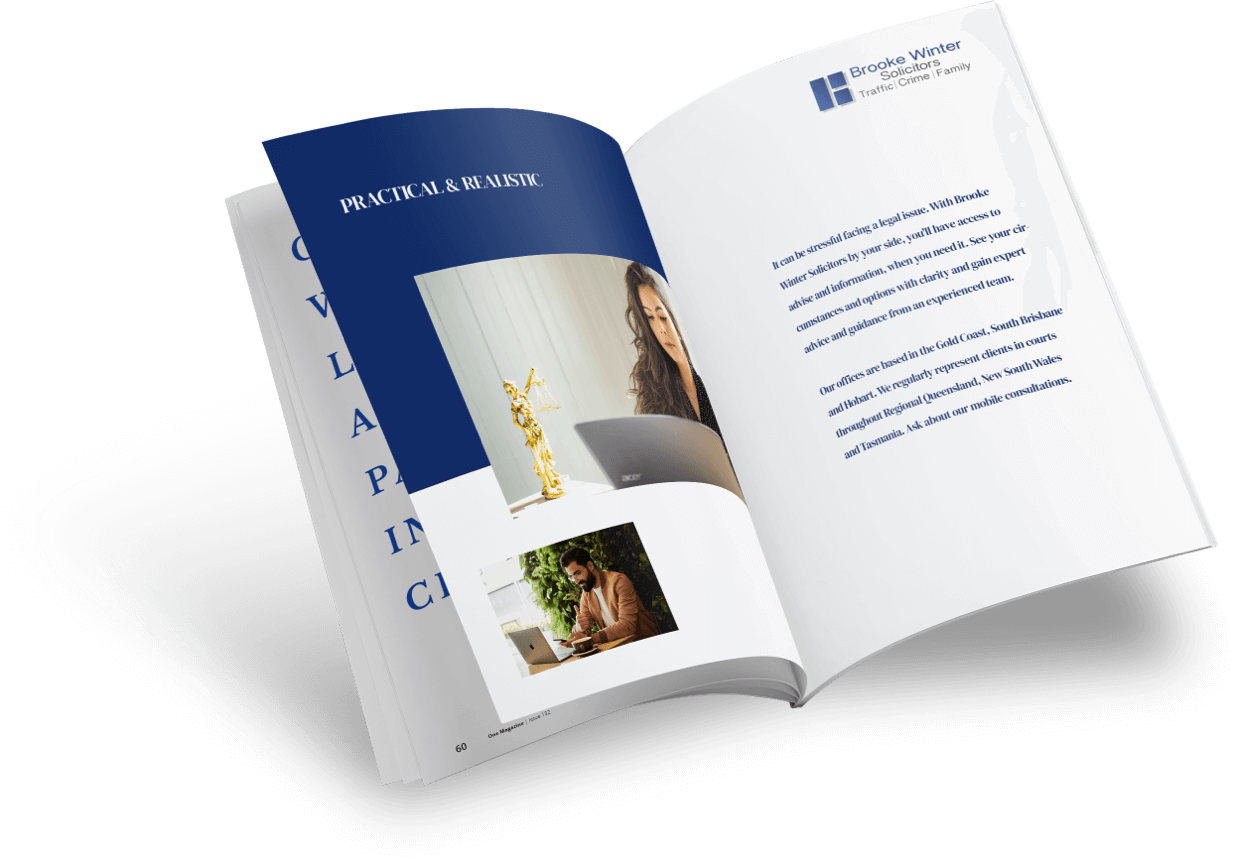NSW Chief Justice Tom Bathurst suspects there will be winners and losers as the legal system and the profession adjust to life after COVID-19.
He has got women lawyers, clients, expert witnesses and open justice in the happy column. The sad faces will belong to those who expected things would return to normal.
“If you want to use the Rolls-Royce analogy, the car will run just as well,” said the Chief Justice in his chambers this week. “It might not look as attractive, but in due course people will get used to the different style.”
It will involve streamlined hearings, less time in court and less travel – all features of the lockdown. The hybrid model – one party in court and another on a video link – will become commonplace.
Chief Justice Bathurst cites directions hearings – in which courts check on the progress of a case ahead of trial to make his point.
“In the commercial area, a great majority of the directions will still be done online. And whether that’s by audiovisual or telephone, I think that will continue.”
“There will be some contested motions that will be done live. You could use a simple criteria: what matters really need to be heard in court?”
It would mean clients won’t pay for a lawyer’s time as he or she travels to court or waits for their case to be heard.
“We [could] say, ‘Your case will be determined between 9am and 9.15; log on at that time and keep your mute button and your camera on until the case is called’.
“It’s not just in the commercial area. You have the family provisions list; same thing. There will be a very, very significant saving.
“One of the things that always irritated me [at the bar] was that there would be contested directions with real issues, and you’d have to fly down to Melbourne, or to Perth. Sometimes it wasn’t necessary, but that’s what the client wanted.
“Now I think it will be much easier to say, ‘Let’s do it by AVL.”
He said witnesses, “particularly expert witnesses, and certainly non-contentious witnesses, won’t necessarily come to court”.
The Chief Justice said he had sounded out Supreme Court judges as to possible issues with taking hearings online.
“For example, [with] YouTube, it’s very hard to prevent another witness hearing what’s going on before they give their evidence.
“That’s a concern, and it will become a real concern in cases where there is a factual issue.”
He said apart from the criminal division area, where there had been no jury trials since March, there was no backlog. In another sign of a return to normalcy, jury trials resume on June 29.
“We’ll be using a two-court model – one for the trial, one in effect a jury room to keep to social distancing.”
The Chief Justice has heard the complaints about open justice being a casualty of COVID-19.
“I think it’s a bit of furphy actually,” he said. “Everyone’s been able to come to court and we’ve given people – if they want to – an audio or telephone connection so they can see and hear it.”
“There’s been a real improvement in our audiovisual capability,” the Chief Justice said. “What we have now is very different from what we had at the start [of the COVID-19 crisis].”
He said there was a big positive in the fact that it had been shown people could work efficiently from home.
“That mean’s the people with children or responsibilities will be able to not have their practice totally disrupted.
“That will be, in years to come, a huge development as far as the profession is concerned.
“The profession – and the judiciary – should reflect the general community, and this sort of thing is a real step towards that.”
Courtesy of Financial Review





